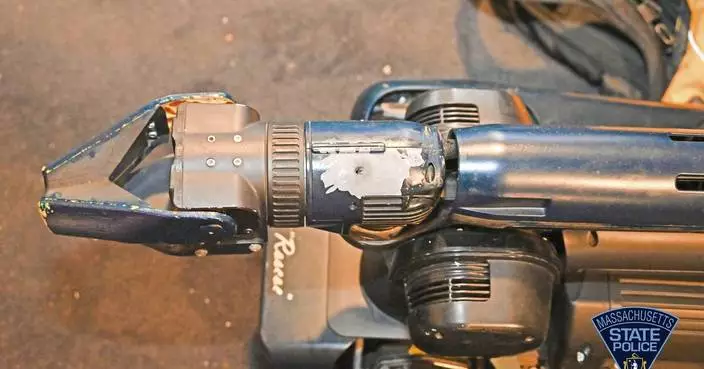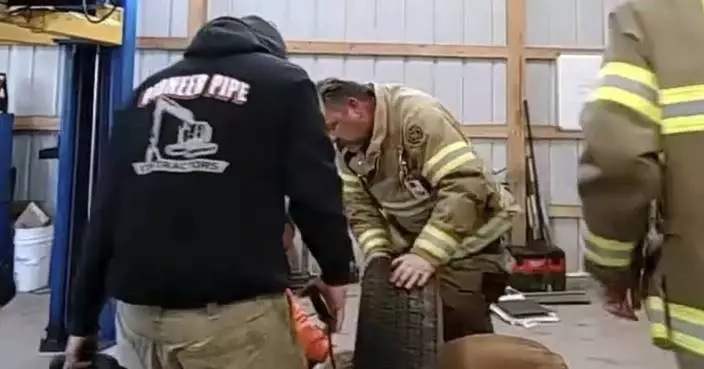Can a dog survive with a severed head? Soviet Union scientist Sergei Sergeevich Brukhonenko tried to answer this question by a creepy experiment in 1928. He beheaded a dog and attached the head to an artificial blood circulating machine, intended to restore the brain’s function.
The dog head, miraculously, was brought back to life for a few hours and even swallowed a few slices of cheese before dropping dead again.
Click to Gallery
Can a dog survive with a severed head? Soviet Union scientist Sergei Sergeevich Brukhonenko tried to answer this question by a creepy experiment in 1928. He beheaded a dog and attached the head to an artificial blood circulating machine, intended to restore the brain’s function.
The experiment was recorded by a documentary filmed by Soviet Film Agency, which was first released to the public in 1941. In the video, Brukhonenko attached a dog head, which had been dismembered from the body for ten minutes, to a machine named “autojector”. This machine appeared to circulate blood around the head and restore basic functions.
It consisted of two mechanically operated diaphragm pumps with a system of valves that oxygenates blood by removing carbon dioxide and increasing oxygen content. Attached to autojector, the dog head seemed to have come back to life, and react to sound and light. It even swallowed a few slices of cheese just like a living dog. However, the resurrection period was just as short as a few hours, as the dog head stopped functioning again.
The experiment was later perfected and resulted in a new invention of a heart and lung reviving machine. It was reported that 2 out of 13 experimental animals were resuscitated and survived using the heart-lung machine.
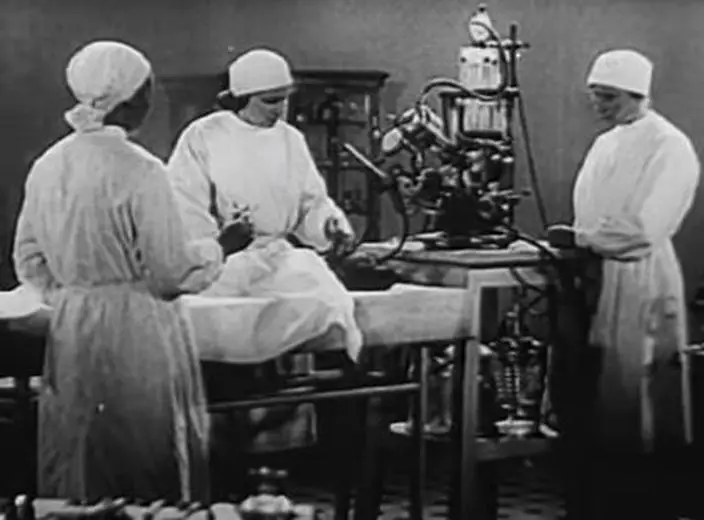
Online Photo
The experiment was recorded by a documentary filmed by Soviet Film Agency, which was first released to the public in 1941. In the video, Brukhonenko attached a dog head, which had been dismembered from the body for ten minutes, to a machine named “autojector”. This machine appeared to circulate blood around the head and restore basic functions.
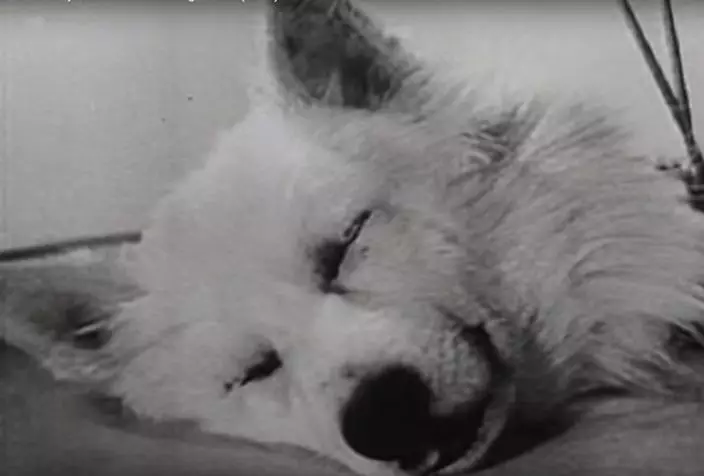
Online Photo
It consisted of two mechanically operated diaphragm pumps with a system of valves that oxygenates blood by removing carbon dioxide and increasing oxygen content. Attached to autojector, the dog head seemed to have come back to life, and react to sound and light. It even swallowed a few slices of cheese just like a living dog. However, the resurrection period was just as short as a few hours, as the dog head stopped functioning again.

Online Photo
The experiment was later perfected and resulted in a new invention of a heart and lung reviving machine. It was reported that 2 out of 13 experimental animals were resuscitated and survived using the heart-lung machine.

Online Photo

Online Photo
Science never stops to seek breakthroughs. Almost a century later, Italian neurosurgeon Dr Sergio Canavero worked in collaboration with Chinese scientists to conduct another controversial surgery – head transplant. They successfully transplanted the head of a smaller mouse to a bigger mouse, and kept this twin-headed mouse alive for 36 hours.
DETROIT (AP) — A dog missing in California since the summer turned up more than 2,000 miles away in suburban Detroit.
Police in Harper Woods responded to a call about a stray dog last week, picked up the terrier mix and contacted an animal welfare group.
The Grosse Pointe Animal Adoption Society said it quickly discovered that the dog, named Mishka, had an identity chip implanted in her with information about her owners.
Mehrad Houman and his family live in San Diego but were planning to travel to Minnesota when the call came in. He landed there and then drove 10 hours to Michigan for a reunion with Mishka, the adoption group said on a Facebook post with pictures and video.
“This is a tale that Hollywood would love to tell,” the group said.
Mishka had wandered away from Houman’s workplace, an auto garage, in July and never returned. Her collar had the family's phone number.
“We think it was stolen and then it was sold and ended up in Michigan,” said Corinne Martin, director of the animal welfare group.
Houman's wife, Elizabeth, said it's “been an incredible journey.”
“I never gave up,” she said Thursday. “I put up over a thousand flyers. I had a flyer on my back windshield. I wore her leash whenever I would look for her. ... Now I just want to find out how she got to Michigan."
Veterinarian Nancy Pillsbury examined 3-year-old Mishka, gave her a rabies shot and cleared her to travel home to California.
“She was clean, well-fed. Whoever had her took good care of her,” Pillsbury told The Associated Press. “How she got here — that's a story only Mishka knows."
Follow Ed White on X at https://twitter.com/edwritez
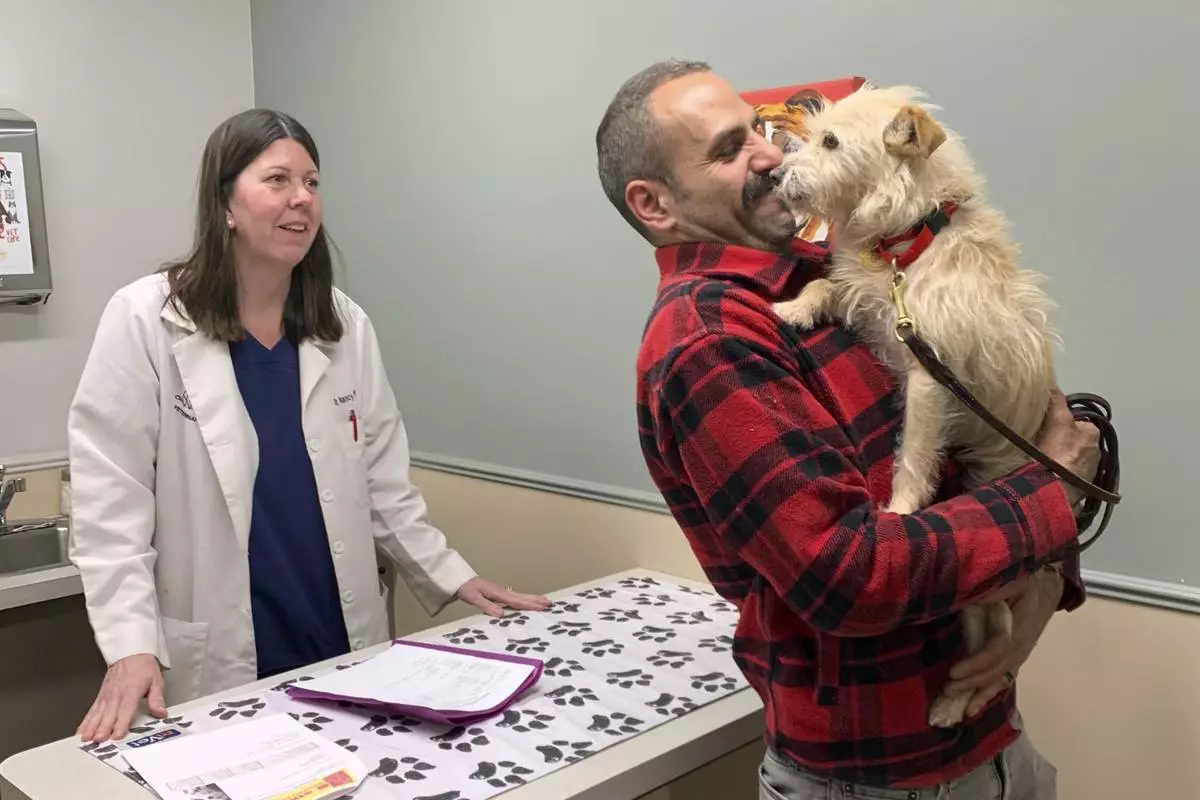
In this image provided by Corinne Martin, Mehrad Houman holds his dog, Mishka, after she was examined by veterinarian Nancy Pillsbury in Harper Woods, Mich., Friday, March 29, 2024. Mishka was discovered in suburban Detroit, eight months after disappearing in San Diego. (Corinne Martin via AP)












